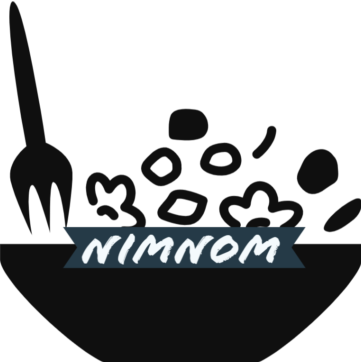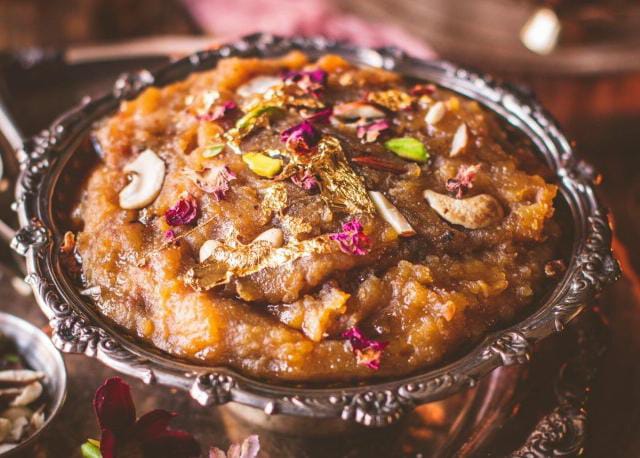One of the most popular Indian desserts is Moong dal halwa. Made with a mix of whole moong dal, ghee, sugar and other spices, this delicious treat has been a part of Indian culture for generations. While traditionally prepared as an offering to gods and goddesses during special occasions like weddings or festivals, it can be enjoyed at home too! In this blog post, we’ll explore how to make the perfect Moong dal halwa at home. From the ingredients you need to tips on how to get the right consistency, this article will help you make this classic dish in your own kitchen.
How to make moong dal halwa?
It is a traditional Indian dessert that is often made during festivals and special occasions. It is made with split green gram, which is soaked and ground into a paste, and then cooked with ghee, sugar, milk, and dry fruits. The resulting halwa is rich, creamy, and absolutely delicious!
Here’s an easy recipe for moong dal halwa that you can make at home:
Ingredients:
– 1 cup moong dal (split green gram), soaked for 2-3 hours
– 3/4 cup sugar
– 1/2 cup ghee (clarified butter)
– 1 cup milk
– 1/4 teaspoon cardamom powder
– A handful of chopped nuts (almonds, pistachios, etc.) for garnish
Instructions:
1. Drain the soaked moong dal and grind it into a fine paste using very little water.
2. In a heavy bottomed pan or kadhai, heat the ghee over medium heat. Add the ground moong dal paste to the ghee and fry it until it turns light brown in color. Keep stirring continuously to prevent burning.
3. Add the sugar and continue frying for another minute. Then add the milk and stir well. Cook until the mixture thickens and starts to come away from the sides of the pan. This should take 10-12 minutes. Lower the flame if .
History of moong dal halwa
It is a traditional Indian dessert that has been enjoyed for centuries. The dish is made with split yellow mung beans, which are cooked in ghee (clarified butter) and milk until they are soft and creamy. The halwa is then sweetened with sugar and flavoured with cardamom, before being served hot or cold.
Although the exact origin of moong dal halwa is unknown, it is thought to have originated in the Indian subcontinent. The dish was probably first created as a way to use up leftover mung beans, which were a common staple in the region. Over time, the halwa became a popular dessert, and it is now enjoyed across India and Pakistan.
There are many regional variations of moong dal halwa, but the most common version is made with split yellow mung beans. Other versions may use whole green mung beans, or even chana dal (split chickpeas). The cooking method also varies depending on the region, but most recipes call for simmering the mung beans in milk and ghee until they are soft and creamy.
The halwa can be served hot or cold, although it is typically served warm. It can be garnished with nuts such as almonds or pistachios, or simply enjoy as is. Moong dal halwa is a rich and indulgent dessert that is perfect for special occasions or when you’re craving something.
Is moong dal halwa good for weight loss?
Yes, moong dal halwa is good for weight loss. It is a high-protein, low-carbohydrate food that is rich in fiber and nutrients. It helps to regulate blood sugar levels and keep you feeling full for longer periods of time. Additionally, the ghee in this dish is helps to boost metabolism and promote fat burning.

Is moong dal halwa healthy is yes then why?
It is a traditional Indian dessert that is often made during festivals and special occasions. It is made from split yellow lentils (moong dal), ghee (clarified butter), sugar, and milk.
While it is not necessarily a healthy dish, it can be enjoyed in moderation as part of a balanced diet. The main ingredients in this dish is relatively healthy, and the dish itself is not overly sweet. However, it is high in calories due to the addition of ghee and sugar.
If you are looking to enjoy moong dal halwa while keeping your calorie intake in check, you can try making it at home using less ghee and sugar. You can also add some healthy toppings like chopped nuts or dried fruits to boost the nutritional value of the dish.

